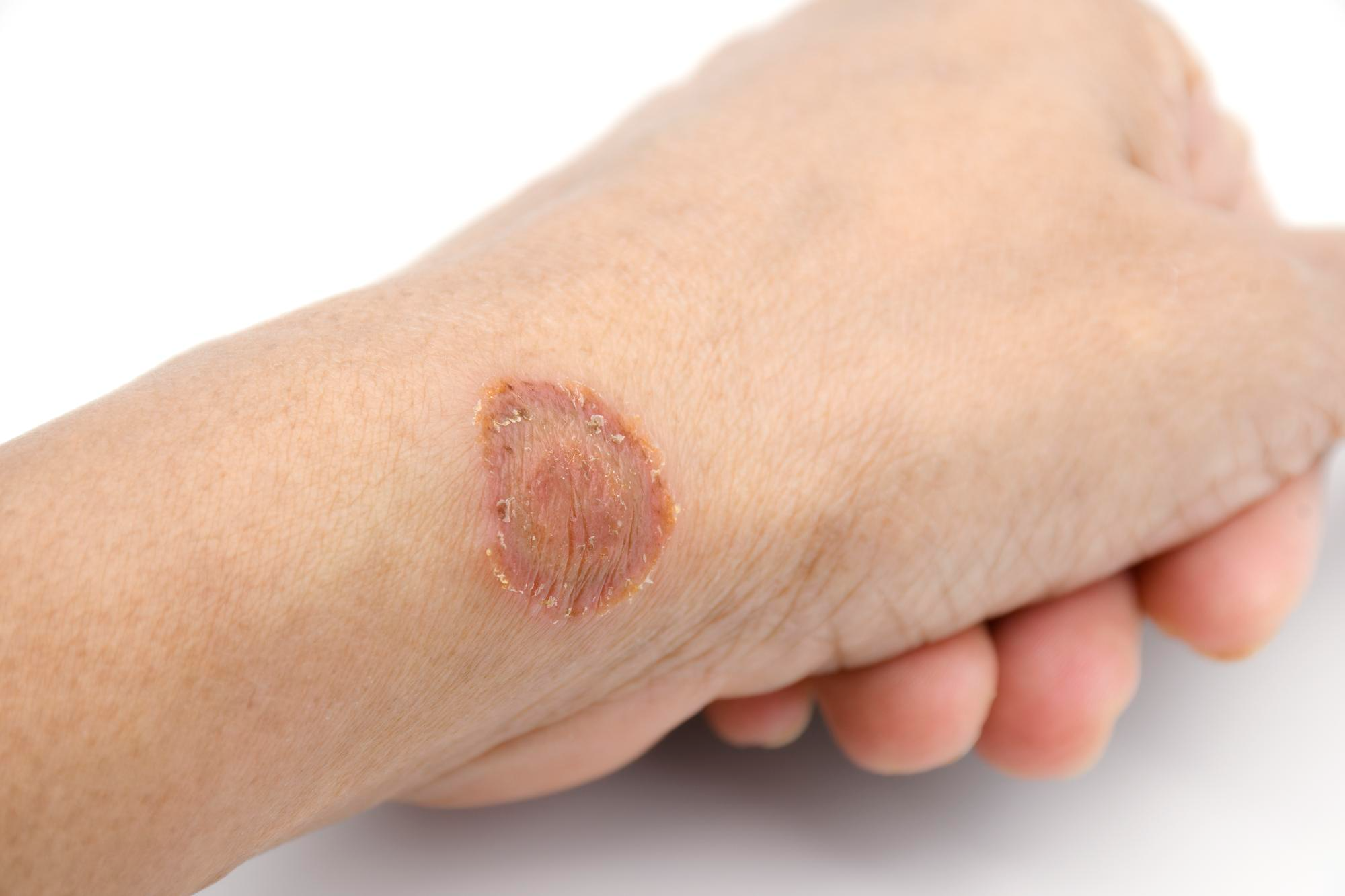Ringworm doesn’t involve worms at all; it’s entirely the work of a fungus. This usual skin issue gets its name from the red rings it forms. Such circles make many assume worms are in play when truly, they’re not.
Nowadays, we swim in information, yet clear health guidance is rare. This blog steps in to shed light on ringworm, outlining signs, roots, and fixes for this skin problem. Armed with insights from here, you can decide wisely for yourself and those you care for.
Ringworm Infection Unmasked
Ringworm is a fungal infection, despite the name suggesting otherwise. It’s caused by dermatophytes, which are fungi loving keratin. Keratin is present in our skin, hair, and nails, making these areas vulnerable. Most people mistakenly believe worms are involved, but this isn’t the case.
The infection gets its name from the distinct circular patterns seen on the skin. These rings can look like scaly red circles with clearer centers. Spotting these ring-like patterns is crucial for identifying the infection early on.
Spotting Symptoms of Ringworm
Ringworm can look different on various skin colors. On lighter skin, it often looks like red or pink rings. On darker skin, these rings may appear brown or gray. You might notice itchy patches that are scaly and red. If it’s on the scalp, it can cause some hair loss too.
After being exposed to ringworm, symptoms take one to two weeks to show. Redness and itchiness are usually the very first signs you see. Then, you’d spot those distinct rings that make it so noticeable. Catching the symptoms early helps to stop the infection’s spread.
The Spread of Ringworm Infection
Ringworm infection spreads quickly when you touch someone infected or an animal. Using personal things like towels and clothes can spread it, too. The fungi causing this infection hang around in soil for a long time, so soil can be a source of infection.
Kids get it more because they play and make contact with others often. Pets can carry ringworm, which means petting them may spread it. Hot places with lots of moisture help the fungi grow, raising risk in those spots.
Risk Factors and Triggers
Warm, damp places let fungi grow and spread. Being in contact with moist things or people boosts your infection risk.
All folks can get ringworm, but kids and seniors have bigger chances. Little kids play closer together, sharing germs easily, and older folks have weaker defenses.
Some think bad hygiene alone gives you ringworm infections. Everyone can get it by touching the fungi, no matter how clean they seem. Knowing this prevents unfair thoughts and helps focus on care.
Diagnosing Ringworm: When to Seek Help
Checking for ringworm begins with a look at the skin. If the doctor suspects ringworm, they might test the skin for fungi. Noticing persistent symptoms or no improvement means seeing a doctor is smart.
Talking to a doctor is useful if creams don’t work soon. Ringworm that keeps coming back or bad symptoms might need strong medicine, and doctors can help.
Treatment and Care for Ringworm
There are many antifungal products that help treat ringworm. Apply them directly on the infected skin as often as it says. Use them as instructed to stop it from spreading or getting worse. This can help control symptoms and complications.
When these don’t work, stronger medicine might be required. A doctor might give you oral antifungals for serious cases. If large parts of skin are affected, professional treatment is very important. This helps avoid the unwanted side effects you might face otherwise.
Keep the infected skin area clean and dry which can aid healing. Don’t use steroid creams without talking to a doctor first. They might stop the itch but could make things worse by letting fungi multiply.
Preventing Ringworm in Daily Life
Make sure to keep your body clean and fresh daily. Clean hands after touching pets, going outside, or sweating. Change into dry and clean clothes often.
Fungi can survive on surfaces for quite a while, spreading easily. Keeping your home clean is very important to reduce the risk of infection. Remember to wash bedsheets in hot water weekly. Regularly vacuum carpets and wipe down surfaces in shared areas.
Avoid sharing items like towels or clothes with others whenever possible. Schools should maintain clean facilities, following regular disinfection schedules. Community education is key for preventing the spread of ringworm infections effectively.
Cultural Practices and Beliefs in Treating Ringworm in India
Treating ringworm in India combines old habits and new methods effectively. Traditional remedies feature things like turmeric or neem, used a lot. These natural ingredients are popular for their known antifungal benefits.
Older generations often trust time-honored remedies for treating ringworm infections. In many areas, ringworm is not seen as serious and is treated at home unless severe. Many think home treatments work well, respecting the wisdom passed down alongside a strong belief in natural medicine.
To effectively address ringworm, using both traditional and modern methods is advised. While some comfort may be found in old practices, it is wise to consider evidence-based medicine too. Folk medicine has its place but chatting with health experts helps ensure the best results.
Nutritional Tips for Skin Health and Resilience
Eating well can keep your skin strong and healthy always. Great skin starts with a diet full of nutrients and goodness. Lots of vitamins and minerals will help fight infections like ringworm infection. Your immune system needs nutrients to help protect from infections.
Eat a mix of veggies, fruits, lean meats, and grains every day. Foods rich in Vitamin C, such as oranges, are good for the skin. They help make more collagen which keeps your skin looking healthy. Fish or nuts have Omega-3s that keep inflammation low and skin well-hydrated. This stops problems like ringworm infection before they start.


